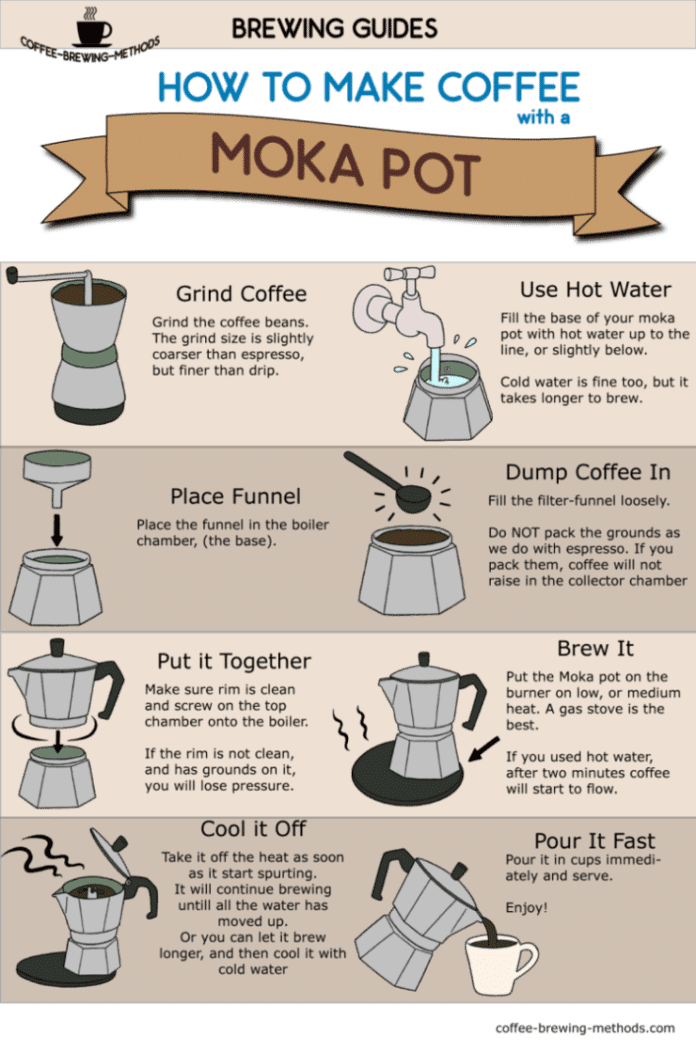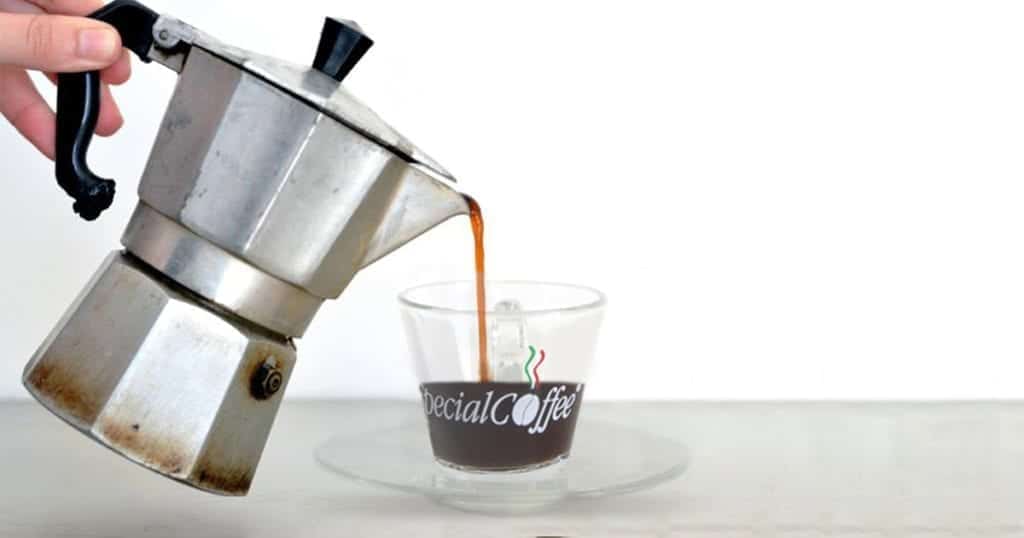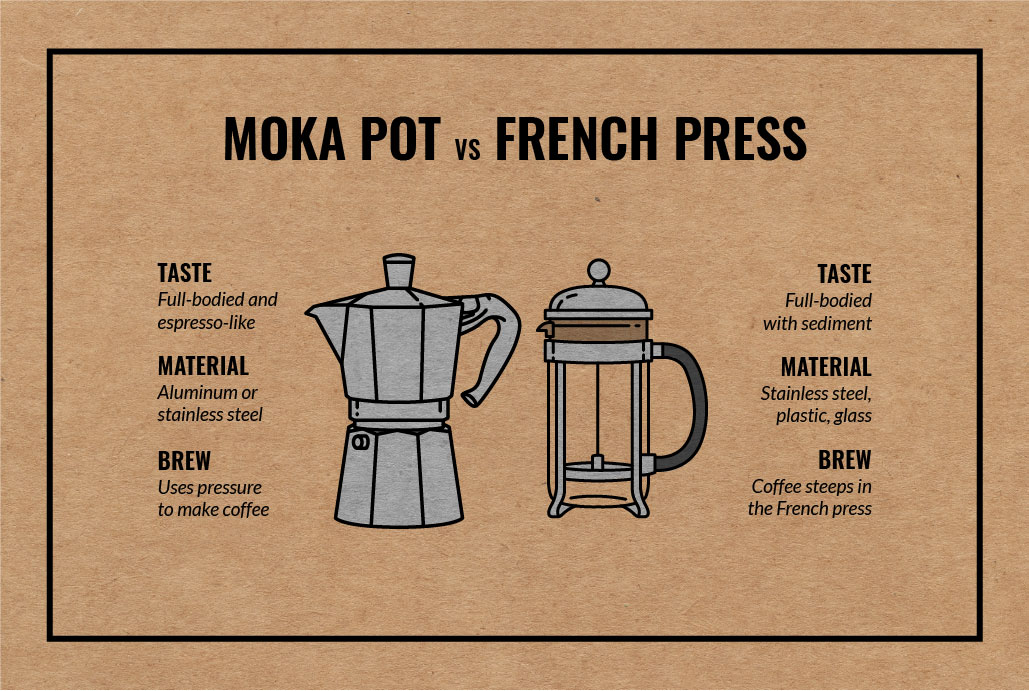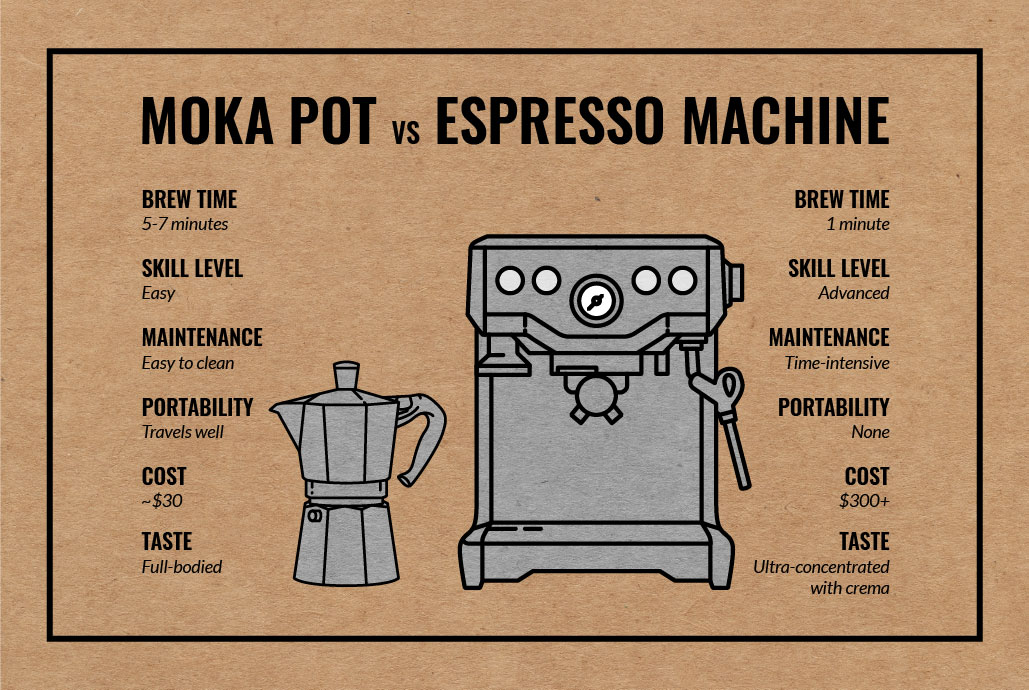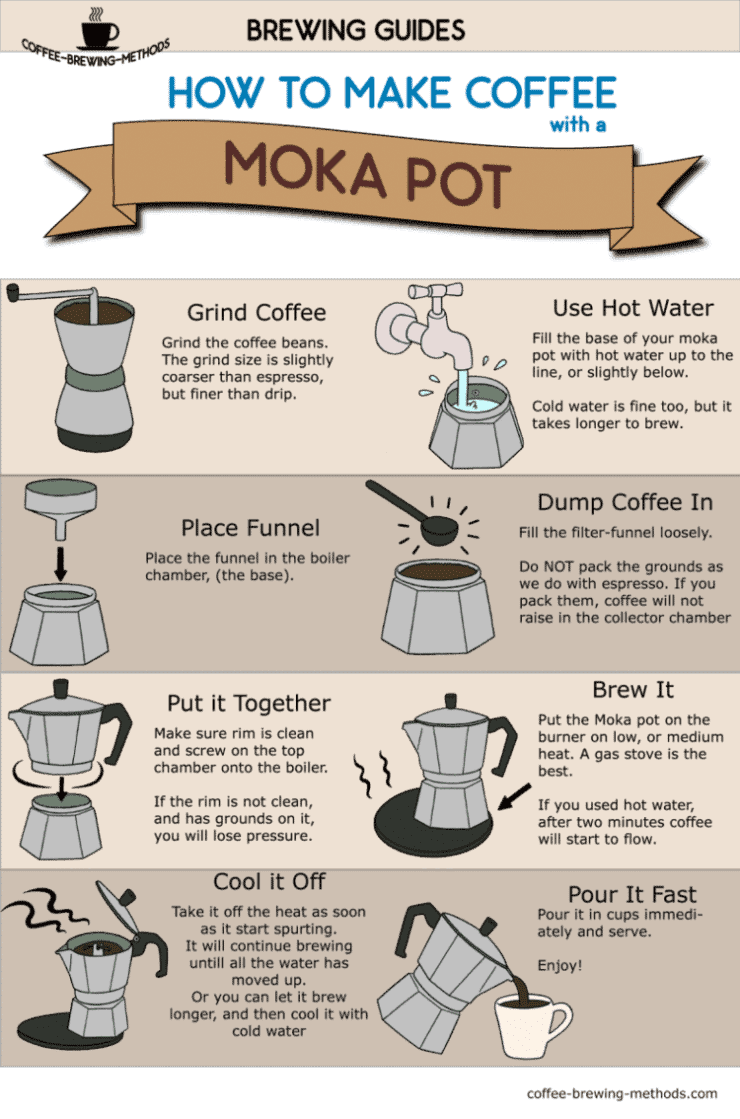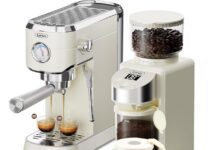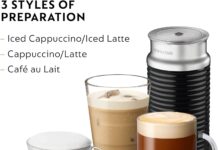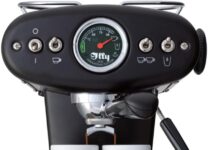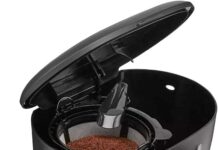Are you a coffee connoisseur searching for your daily dose of caffeine? Look no further than this article! Today, we explore the age-old question: is Moka coffee as strong as espresso? Brace yourselves as we embark on a delightful journey through the aromatic world of these two beloved caffeinated concoctions. Grab a cup and join us as we unravel the secrets behind the strength and flavor of Moka coffee and espresso. Let the beans do the talking!
What is Moka Coffee?
Moka coffee, also known as stovetop espresso or Moka pot coffee, is a brewing method that produces a strong, flavorful coffee. The Moka pot was invented in Italy in the 1930s and has since become a popular household item for brewing coffee. The brewing process involves three main components: the bottom chamber, where water is heated; the middle chamber, where the coffee grounds are placed; and the top chamber, where the brewed coffee collects.
What is Espresso?
Espresso is a concentrated form of coffee that is brewed by forcing hot water through finely ground coffee beans under high pressure. The resulting brew is a strong and highly aromatic coffee with a thick layer of crema on the top. Espresso originated in Italy and is the base for various popular coffee drinks such as cappuccinos, lattes, and macchiatos.
This image is property of specialcoffee.it.
Differences in Preparations
One of the main differences between Moka coffee and espresso lies in their preparation methods. Moka coffee is brewed using a stovetop Moka pot, which requires heating water in the bottom chamber to create steam pressure. The steam then pushes the water through the coffee grounds and into the top chamber. On the other hand, espresso is brewed using an espresso machine, which utilizes a pump to generate the necessary high pressure for extracting the coffee oils and flavors.
Coffee-to-Water Ratio
The coffee-to-water ratio is an important factor in determining the strength and intensity of both Moka coffee and espresso. For Moka coffee, it is generally recommended to use a ratio of one part coffee to twelve parts water. This ensures a rich and robust flavor without being overly strong. In contrast, the coffee-to-water ratio for espresso is much higher, typically ranging from one part coffee to one part water to one part water to two parts water. This higher ratio results in a more concentrated and intense coffee flavor.
This image is property of cdn.buttercms.com.
Brewing Time
The brewing time for Moka coffee and espresso also differs significantly. Moka coffee usually takes around 5-10 minutes to brew, depending on the heat source and the desired strength of the coffee. This longer brewing time allows for a slower extraction process, resulting in a smoother and less acidic cup of coffee. In contrast, espresso is brewed much more quickly, typically taking only 25-30 seconds. The short brewing time under high pressure ensures a bold and intense flavor profile.
Pressure
Pressure plays a crucial role in the brewing process of both Moka coffee and espresso. In a Moka pot, the pressure is generated by the build-up of steam as the water in the bottom chamber heats up. This steam pressure forces the water through the coffee grounds and into the top chamber. Although the pressure in a Moka pot is lower than that in an espresso machine, it is still sufficient to produce a strong and full-bodied coffee. Espresso, on the other hand, relies on the high pressure generated by an espresso machine to extract the maximum flavor from the coffee grounds. The typical pressure for espresso machines ranges from 8 to 9 bars, resulting in a more concentrated and complex coffee.
This image is property of assets.epicurious.com.
Flavor and Intensity
Both Moka coffee and espresso offer unique flavor profiles, characterized by their brewing methods. Moka coffee tends to have a rich and robust flavor, with hints of chocolate and nuttiness. It is often described as having a smooth and velvety texture. On the other hand, espresso is known for its bold and intense flavor, with a balance of sweetness, bitterness, and acidity. The high-pressure extraction process of espresso allows for a more pronounced and concentrated taste experience. Both Moka coffee and espresso can be enjoyed on their own or used as a base for various coffee-based beverages.
Caffeine Content
When it comes to caffeine content, espresso is often perceived as being stronger than Moka coffee. However, this is not entirely accurate. While espresso is more concentrated and has a bolder flavor, it actually contains slightly less caffeine per serving compared to Moka coffee. The shorter brewing time of espresso results in a lower extraction of caffeine from the coffee grounds. On the other hand, Moka coffee brews for a longer time, allowing for a higher caffeine extraction. It is worth noting that the exact caffeine content can vary depending on factors such as the type of coffee beans used and the brewing technique.
This image is property of cdn.buttercms.com.
Serving Size
The serving size for Moka coffee and espresso is also different. Moka coffee typically produces a larger volume of coffee per serving, ranging from 2 to 6 ounces. This makes it a great option for those who prefer a milder and slightly larger cup of coffee. On the other hand, espresso is served in a smaller and more concentrated form, usually in a 1-ounce shot. The smaller serving size allows for a more intense and focused coffee experience. Espresso shots are often enjoyed as a quick pick-me-up or used as a base for other coffee beverages.
Conclusion
In conclusion, Moka coffee and espresso are both delicious and distinct brewing methods that offer unique flavor and intensity. Moka coffee, brewed using a stovetop Moka pot, provides a rich and smooth cup of coffee with a medium strength. On the other hand, espresso, brewed under high pressure in an espresso machine, delivers a bold and intense coffee experience. While Moka coffee has a longer brewing time and a lower pressure, espresso has a shorter brewing time and a higher pressure. Both options have their own merits and cater to different preferences. So, whether you prefer the smoothness of Moka coffee or the intensity of espresso, there’s a perfect cup waiting for you to enjoy.
This image is property of miro.medium.com.


